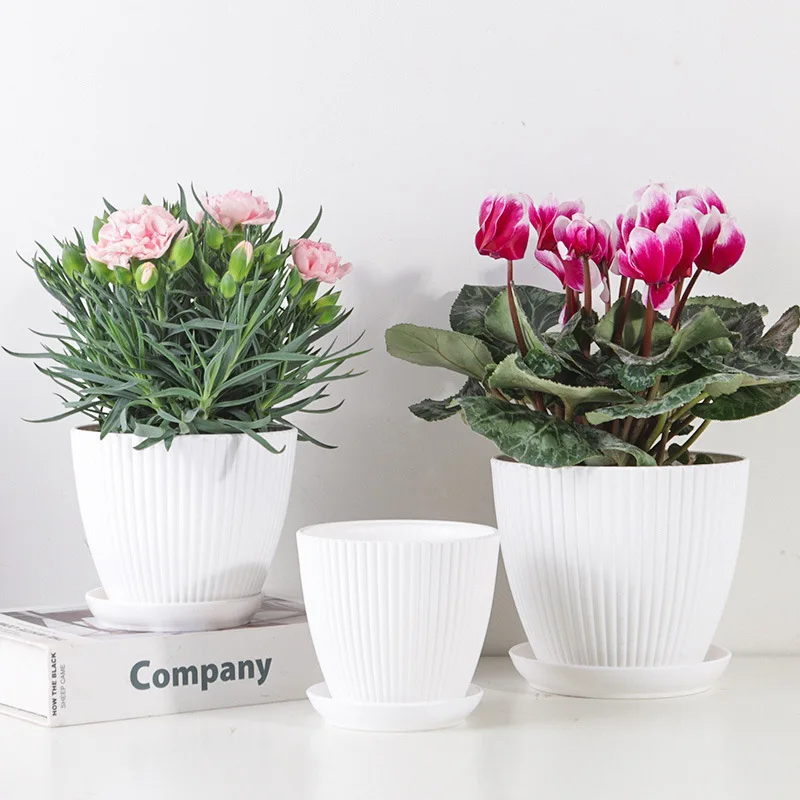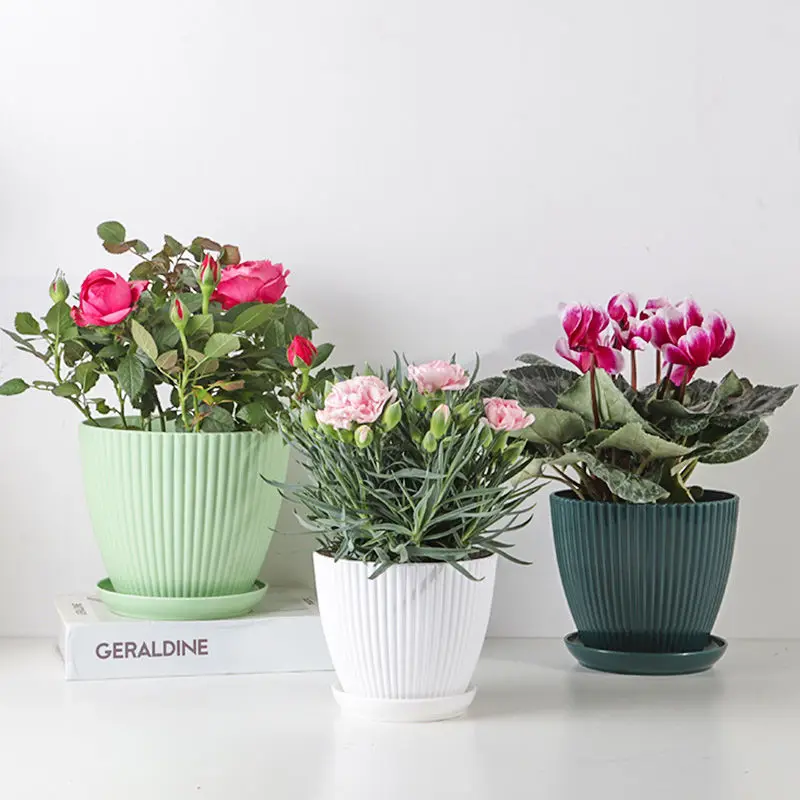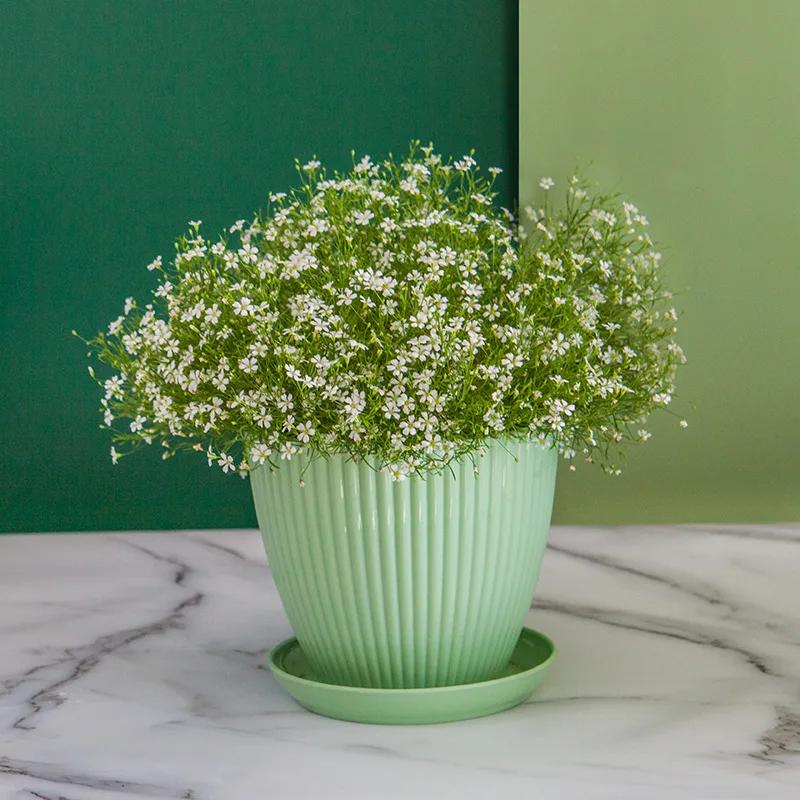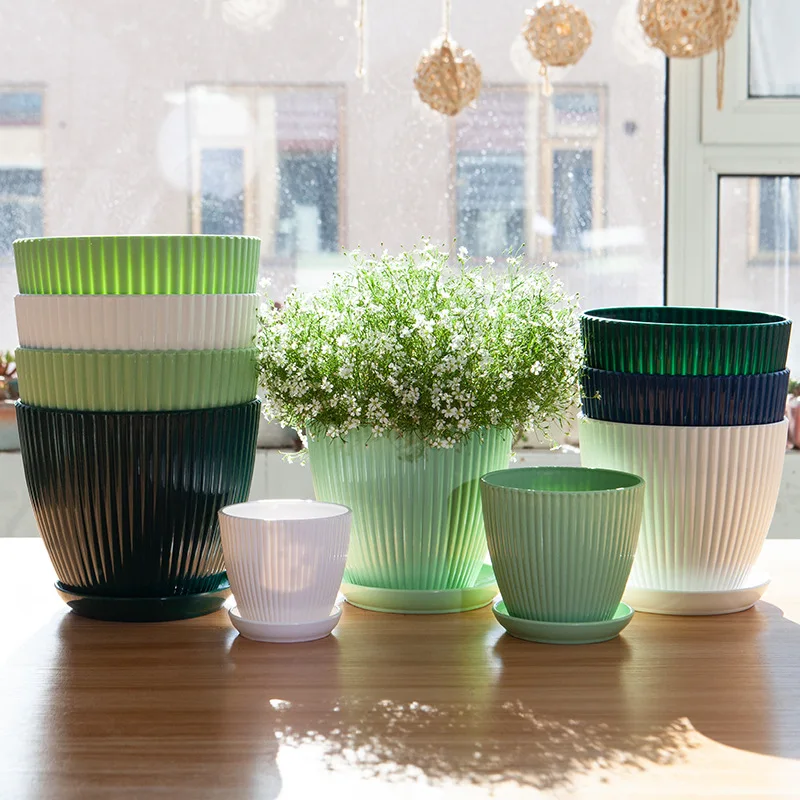When planting flowers, many gardeners face with the challenge of keeping birds away from their beloved flower pots. Birds, while beautiful and beneficial to the ecosystem, can wreak havoc on potted plants. Whether it’s the act of pecking at the soil, digging up seedlings, or using your flower pots as convenient nesting sites, birds can often be more of a nuisance than a delight. This article delves into various effective bird deterrents, showcasing strategic methods to keep these feathered friends at bay while allowing your garden to flourish.
Understanding the Problem
Before implementing bird deterrents, it’s vital to understand why birds attract to your flower pots in the first place. Many bird species rummage through potted plants searching for food, moisture, or nesting materials. The soil in your flower pots tends to hold moisture, making it a prime location for birds looking to hydrate, especially in hot weather. Additionally, some birds may be drawn to the insects that thrive in moist soil, leading them to dig around unknowingly damaging your plants in the process.
Moreover, urban and suburban environments have significantly affected bird behavior. As natural habitats shrink, many birds have adapted by seeking out alternative sources of food and nesting sites. This often leads them to human-made structures, including flower pots on patios, balconies, and gardens. Understanding these behaviors can help you devise better strategies to deter them effectively and humanely, turning your focus to safe gardening practices that benefit both your plants and the local wildlife.

Using Physical Barriers
One of the most effective ways to keep birds out of your flower pots is to use physical barriers. Netting is a popular choice among gardeners, as it provides an unobtrusive yet effective deterrent. Bird netting can drap over potted plants, creating a physical barrier without inhibiting sunlight or airflow. This barrier prevents birds from accessing the soil, thus deterring them from foraging through your pots. Choose a fine mesh netting to ensure that even the smallest birds are kept out.
Another physical deterrent is the use of garden cloches or plant covers. These transparent protective domes not only shield your flowers from birds but also protect them from harsh weather conditions and pests. Ensure these covers are anchored securely to the pots to prevent them from knock over by wind or larger animals. Additionally, using wire mesh can serve as another elegant solution, particularly for larger flower pots. This method provides the sturdiness needed to withstand bird exploration while showcasing the beauty of your plants.
These physical deterrents are particularly useful due to their simplicity and aesthetic appeal. Unlike chemical or sound deterrents, they don’t alter the environment significantly or disturb the garden’s natural aesthetic. Furthermore, they are environmentally friendly solutions, as they avoid harming the birds and are reusable for many growing seasons. The convenience of these barriers makes them an excellent choice for gardeners looking for immediate and effective ways to deter birds.
Choosing Reflective Surfaces
Birds are generally sensitive to their environment, and they often shy away from unfamiliar or startling visuals. One effective approach is to incorporate reflective surfaces in your garden setup. Hanging shiny objects, such as old CDs, aluminum foil strips, or old reflective ornaments, can create fleeting flashes of light that confuse or scare birds away. These reflective decoys catch sunlight and create movement, deterring birds from getting too comfortable around your flower pots.
You can also experiment with reflective tape that is specifically designed as a bird deterrent. This tape is often used commercially and can be cut into various lengths and shapes to create an eye-catching, colorful display. When tied to poles or draped around the pots, the reflection coupled with the rustling sound can create an environment that birds find unnerving. It’s a simple yet effective method that doesn’t cause harm and opts for an aesthetic solution without compromising the beauty of your garden.

Utilizing Sound Deterrents
Sound is another powerful deterrent that can utilize to keep birds away from your flower pots. Various sound-based deterrents can employe, using either mechanical devices or naturally occurring sounds. Commercially available bird repellents often produce alarming noises, mimicking the calls of predator birds such as hawks or eagles. These sounds serve as warning signals to smaller birds, who instinctively flee when they hear such alarms.
Alternatively, you can easily create low-tech sound deterrents using common household items. For instance, wind chimes can generate constant musical sounds, creating a soothing atmosphere for the gardener while also discouraging birds from lingering in the vicinity. Similarly, metal or tin plates hung strategically can clang together in the wind, creating a noise that is just irritating enough to keep birds at bay.
While sound deterrents can be effective, using them requires careful consideration. Some birds may become accustomed to continuous noises, rendering the deterrents ineffective over time. To combat this, you can rotate between different sound types or even mix natural sounds with artificial ones. For instance, alternating between wind chimes and a motion-activated device that emits noise can provide a more varied auditory landscape, ensuring the birds don’t get too comfortable or familiar with any one method.
Employing Natural Predators
Another intriguing approach to deter birds is to employ the presence of natural predators. Strategically placing owl effigies or other predatory bird decoys can create an atmosphere of danger that will encourage smaller birds to steer clear of your flowers. These decoys can effectively mimic the physical characteristics of real birds of prey, especially when placed in a prominent location that can easily be seen by other birds.
Beyond visual deterrents, you can also consider incorporating noises associated with predatory birds. As mentioned previously, companies offer sound deterrents imitating the calls of hawks or other birds, which can be an effective complement to the visual decoys. By combining both methods, you maximize the effectiveness of your deterrents through the convergence of visual and auditory stimuli, thereby creating a more hostile environment for unwanted birds while ensuring the health and beauty of your beloved plants.

Implementing Companion Planting
Plants can also serve as excellent natural deterrents against birds. By employing companion planting strategies, you create an ecosystem that may be less appealing to birds. Certain plants contain essential oils that birds find unpalatable. For instance, herbs like basil, mint, and rosemary can deter birds when planted alongside your flowers. Their aromatic scents act as natural repellents and can also attract beneficial insects.
Furthermore, incorporating native plants can create a more balanced ecosystem that naturally manages bird populations. These plants provide necessary resources and habitats for various birds while also minimizing the appeal of your flower pots. By attracting specific beneficial birds, you can strike a balance that discourages unwanted visitors while enhancing your garden’s ecological health. This technique draws on the natural behaviors of birds and can create a harmonious environment where every species coexists beneficially.
Maintaining a Clean Garden Area
One often-overlooked method of bird deterrence is maintaining a clean garden area. Birds primarily attract to places where they can find easy sources of food. This means that if your flower pots or surrounding areas are littered with fallen fruits, seeds, or plant debris, they may provide an inviting target for feathered visitors. Regularly cleaning your garden not only beautifies it but also minimizes the likelihood of attracting unwanted avian attention.
Incorporating proactive maintenance practices such as timely deadheading and pruning can also help ensure a clean environment. Keep an eye out for blooming flowers that have gone to seed and promptly remove them to avoid attracting birds looking for easy snacks. Moreover, by proactively managing your garden’s aesthetic and ecological balance, you can help preserve the beauty of your flower pots while minimizing disruption from wild birds.
Conclusion: A Harmonious Solution
In conclusion, keeping birds out of your flower pots achievable through a combination of strategies tailor to your garden’s unique environment. By understanding why birds attract to your pots, utilizing methods such as physical barriers, reflective surfaces, sound deterrents, natural predators, companion planting, and maintaining a clean garden, you can effectively deter unwanted guests without causing harm to wildlife. Each deterrent can serve to create a more harmonious garden culture where the beauty and serenity of your plants can flourish, all while respecting the natural behaviors and habitats of our avian friends.
